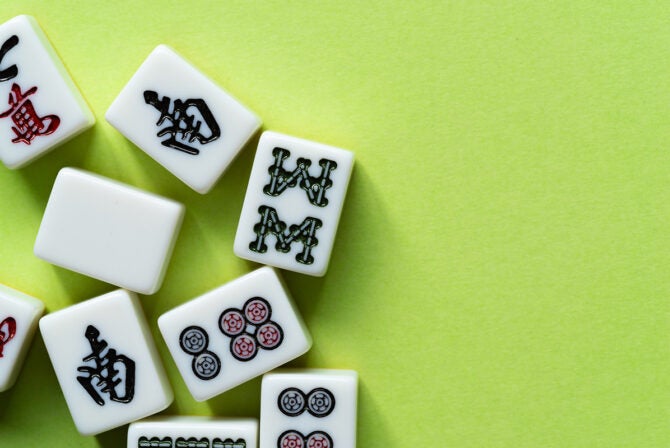Growing up, I was pretty lucky: I had some fairly solid sex education. I learned about puberty in middle school, and then I had health classes in high school. The sex ed I received covered topics like where to get condoms, how to prevent pregnancy and sexually transmitted infections, and how to say no to sex.
This kind of approach would generally be called “comprehensive,” since it was designed to address the full range of issues related to sexuality. This is markedly different from “abstinence-only” education, which teaches that sex should only occur in an opposite-gender marriage and typically doesn’t teach about things like contraception or sexual orientation.
What type of sex ed is your child getting? That largely depends on where you live. Across the country, 37 states require providing abstinence information — among those, 26 require that abstinence be stressed.
Parents — along with the American Academy of Pediatrics — are generally not in favor of abstinence-only education. Fortunately, in many states, school districts have lots of leeway in how they approach the topic. So even if Trump appointed an abstinence education advocate to the Department of Health and Human Services, the actuality is that many of our children do, in fact, receive a more comprehensive education.
And like many areas of education, today’s comprehensive sex education looks a little different than it once did. These days, sex ed is generally less heteronormative, and seek to challenge some myths and tropes that many parents grew up with. Here are four key ways how today’s sex ed is different:
1) Consent is key
Early on, many of us learned that in order to be polite and respectful, we sometimes had to do things we didn’t want to, like kiss elderly aunts or hold hands with playmates.
More recently, however, sexuality educators began to realize that, while well-intentioned, such lessons could have unintended consequences: It taught kids that what someone else wanted was more important than their own boundaries.
To address this, the messages around consent have changed. For one, the concept of consent is being taught at younger ages and in non-sexual situations. For older kids, the message has also pivoted from “no means no” to the idea that “yes” needs to mean yes, and that people should expect enthusiastic affirmative consent for sex from their partners.
2) Sexual assault happens in many ways
In the past, rape was typically presented as the act of forced vaginal sex against a woman by a male stranger lurking in a dark alley. In order to prevent assaults, women and girls were given a long list of things they shouldn’t do, wear, or say (something that is often called “victim-blaming”).
These days, there is an increasing understanding that this sexual assault script is often wildly inaccurate. Students today may learn that sexual assault is actually much more likely to be perpetrated by someone known to the victim, that people of all genders can be victims and perpetrators, and that vaginal sex alone is not the only measure of non-consensual sex.
Plus, there is a growing focus on strategies to prevent assaults before they occur (rather than deal with the aftermath). For little kids, that means learning about their own physical boundaries and who should be allowed to touch their bodies. Older kids may learn methods like bystander intervention — which gives students the tools to insert themselves into risky situations in order to help deescalate them — as well as education about alcohol use.
3) There are myriad sexual orientations and gender identities
When I was a kid, there was little talk of sexual orientations or gender identities in health class beyond the acknowledgement that some people were gay or lesbian.
Nowadays, a comprehensive sex education class will often include much deeper and more nuanced conversations about these topics, and they are also more likely to explore a range of identities that weren’t often discussed in the past, like what it means to be transgender, non-binary, asexual or intersex.
Modern students also have a greater chance of being connected to resources and support for LGBTQ youth than a lot of us did as kids. Across the U.S., there are more than 6,000 Genders and Sexualities Alliances — student-run clubs in which LGBTQ students and allies mobilize to create safer schools. Plus, more and more schools provide LGBTQ-informed counsellors and support staff.
4) Sex should feel good
Despite its goal of providing medically accurate and factual information, over the years, a lot of comprehensive sex education programs fell into the trap of presenting the pleasure piece in a really gendered way. For example, puberty meant periods for girls and wet dreams for boys. Girls were warned about pregnancy and rape. Boys were warned about their out of control sex drives.
The takeaway from this was often that sex felt good for boys and caused problems for girls.
And though the idea of equal opportunity messaging on pleasure is still an emerging one, a lot of sex educators are rewriting outdated scripts as a way to help ensure that all sexual experiences are not only wanted by all parties, but also are also enjoyed by all parties.

This post is part of the Here.Now. series, which seeks to destigmatize mental health,
and is made possible by UJA-Federation of New York and The Jewish Board.
You can find other educational mental health resources here.







